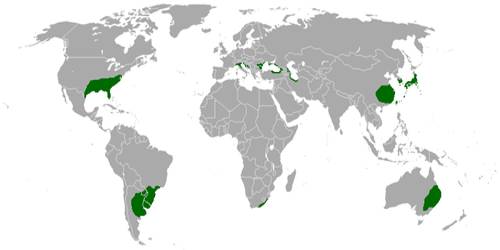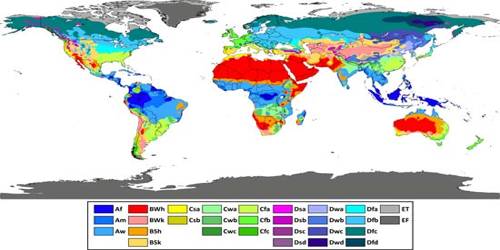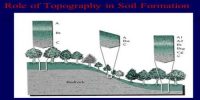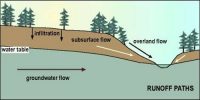Subtropical Steppe (BSh) and Subtropical Desert (BWh) Climates
Subtropical steppe (BSh) and subtropical desert (BWh) have common precipitation and temperature characteristics. Located in the transition zone between humid and dry climates, subtropical steppe receives slightly more rainfall than the desert, adequate enough for the growth of sparse grasslands. Tropical and subtropical steppe climate, major climate type of the Köppen classification that occurs primarily on the periphery of the true deserts in low-latitude semiarid steppe regions. The tropical steppe climate is a transitional climate between the tropical wet and tropical dry climates. The climate of a subtropical desert is hot and dry. These regions are usually located right above the equator. Typically, the temperature averages around 50 degrees Fahrenheit, but can reach 90 degrees in the summer. Tropical steppe climate is found bordering the Great Australian desert, the Sahara of northern Africa, and in southwest Asia.

The rainfall in both the climates is highly variable. The variability in the rainfall affects the life in the steppe much more than in the desert, more often causing famine. Rain occurs in short intense thundershowers in deserts and is ineffective in building soil moisture. Fog is common in coastal deserts bordering cold currents. The maximum temperature in the summer is very high. The highest shade temperature of 58° C was recorded at Al Aziziyah. Libya on 13 September 1922. The annual and diurnal ranges of temperature are also high.
















